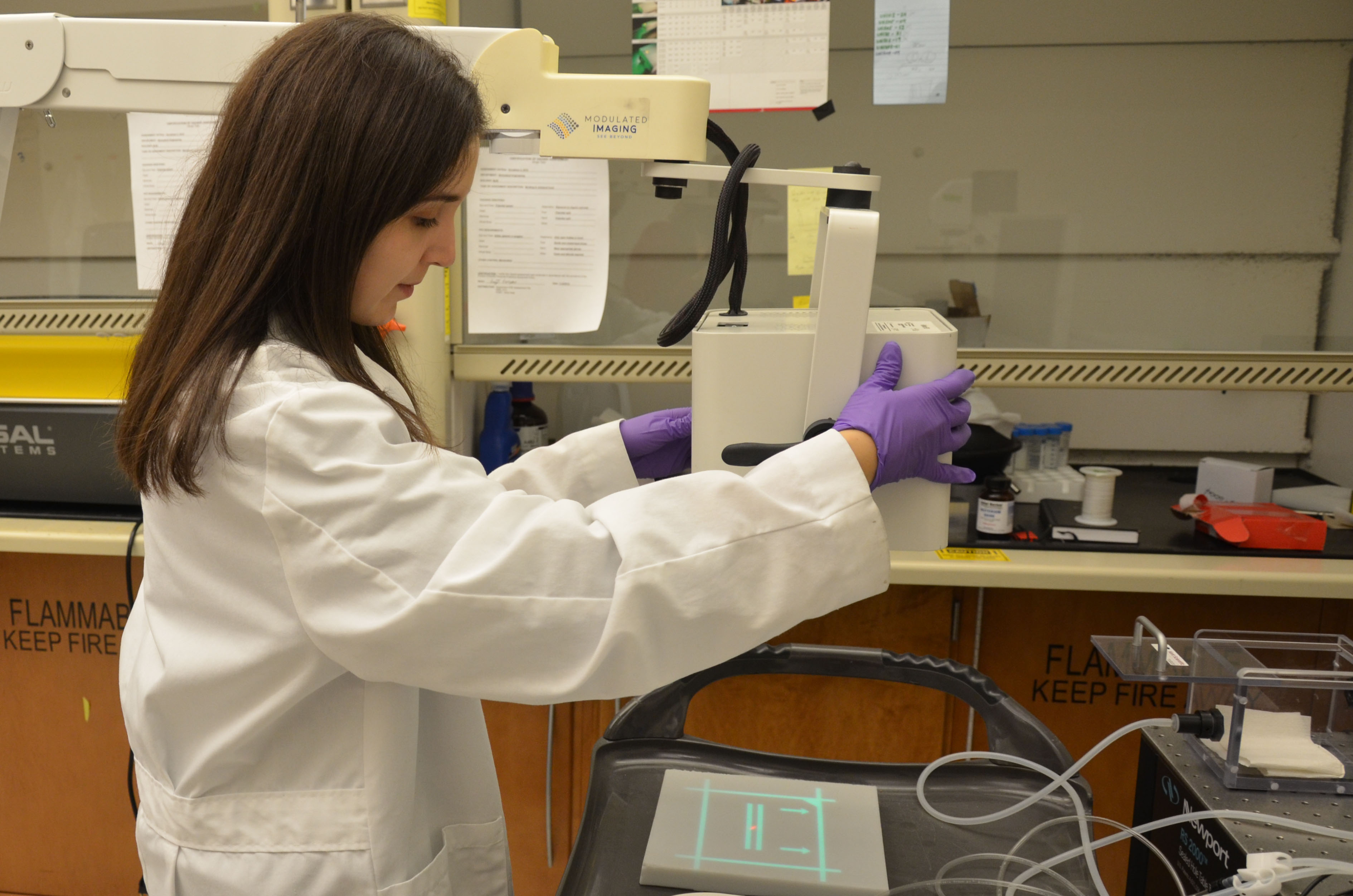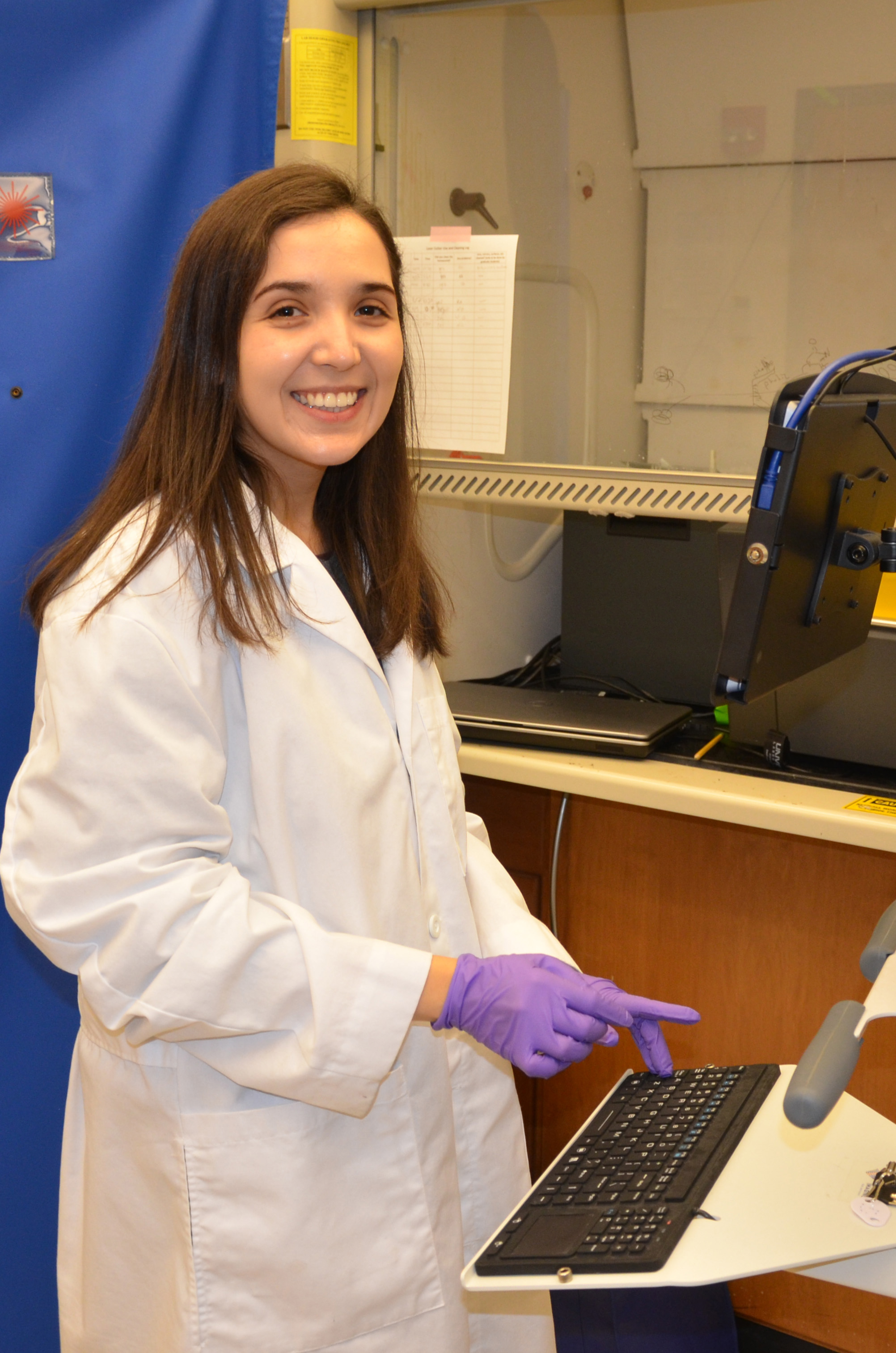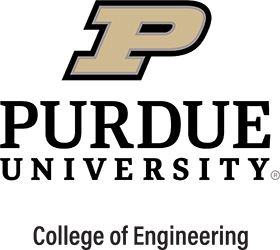How can improved medical devices advance the detection and prevention of cardiovascular disease? Katherine Leyba takes that question personally, and she has decided that the Purdue College of Engineering - Indiana University School of Medicine partnership is her best route to finding answers professionally. The search for solutions began at a young age and started taking shape through her undergraduate degree studies in both electrical and biomedical engineering. Her knowledge of imaging technologies with the potential to boost clinical abilities for diagnosis of coronary artery disease still must go through several intense phases. She is confident this partnership's world-class mentors, diverse research resources, and collaborators who share her proven abilities and enthusiasm for more powerful imaging systems will create a practical path to make her 'heart-felt vision' come true.

Katherine's first exposure to cardiovascular disease arose when she accompanied her young twin brother to the cardiologist's office, where ultrasound machines and electrocardiograms monitored his arrhythmia. His need for a portable EKG device at home prompted her to wonder about better diagnostic equipment. Her grandfather, who suffered from myocardial infarction (also known as heart attack), also led her to question how the risks associated with cardiovascular disease could have been determined sooner.
"I'm hoping the photoacoustic tomography probe that I'll be developing will be a good, non-invasive way to detect the early onset of cardiovascular disease by assessing the accumulation of plaque inside the arteries," Katherine explains. The medical field will be better equipped to prevent heart attacks "if we are able to determine the severity of the plaque" and whether it is about to rupture. Her brother is doing better nowadays, and so preventive monitoring clearly helps, but she knows much more can be done.

A penchant for research that combines biology and electronic devices led her from her California college life to the Biomedical Engineering Society conference where she met her current mentor Craig Goergen, assistant professor of biomedical engineering at Purdue, whose lab focuses on cardiovascular imaging. In the Cardiovascular Imaging Research Lab, her current work enables her to understand applications of near-infrared spectroscopy in detecting peripheral artery disease.
Now, with one of the Innovation for Clinical Translation (ICT) fellowships available jointly through the Purdue College of Engineering and IU School of Medicine, Katherine plans to explore the potential of implementing photoacoustic tomography, which uses laser pulses to garner more details for coronary artery disease diagnosis. Much work is still needed to help clinicians use this technology, using light differently to penetrate skin more deeply and acquire more rapid images. Goergen and collaborators are aiming for a handheld tomography device able to uncover valuable details of a patient's disease prevalence with lipids and plaques before more complicated risks and need for treatments arise.
How might development of better heart-attack prevention monitoring affect Katherine's own career? She is considering ways to combine ongoing research with entrepreneurship in the biotech industry, perhaps allowing her to patent a new device. She is interested in the Biomedship program - a partnership between the Purdue's Weldon School of Biomedical Engineering, Krannert School of Management, and IU School of Medicine, which enables grad students to explore the synergies between academic research, clinical translation, and entrepreneurship.
She says she enjoys exploring things from different and creative perspectives, as exemplified through her interest in the arts and hobbies which involve her love of music. "I feel like engineering does have a lot of creative aspects because you always have to think from different perspectives when you are designing something new," she recalls. "Growing up, my mom was studying architecture and my dad introduced me to electronics. As a child, I would create three-dimensional models that involved art and electronics; in high school, I made a three-dimensional DNA model that lit up using LED lights."
No one is promising shortcuts toward success with products or clinical practices, but Katherine has concluded that the Engineering-Medicine Partnership allows an interdisciplinary journey with like-minded people who share the same interest in smarter electronics at the heart of their work to improve and lengthen patients' lives.


